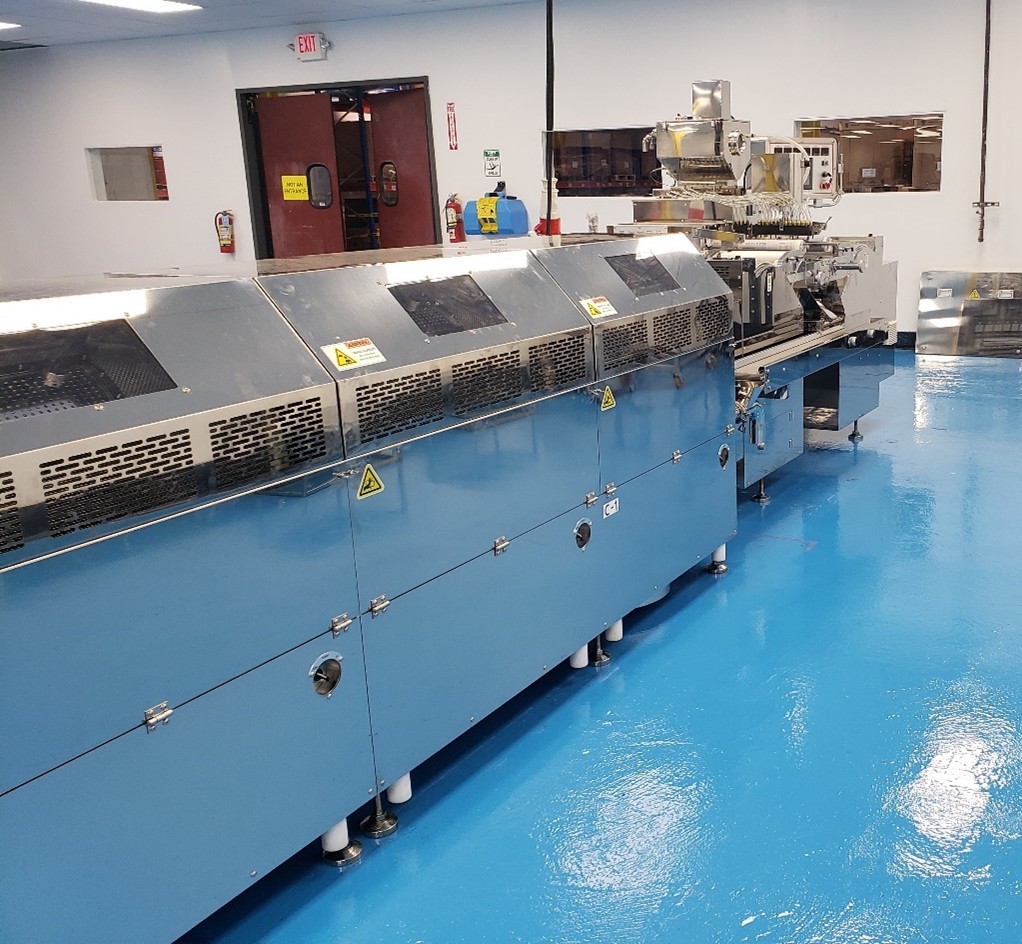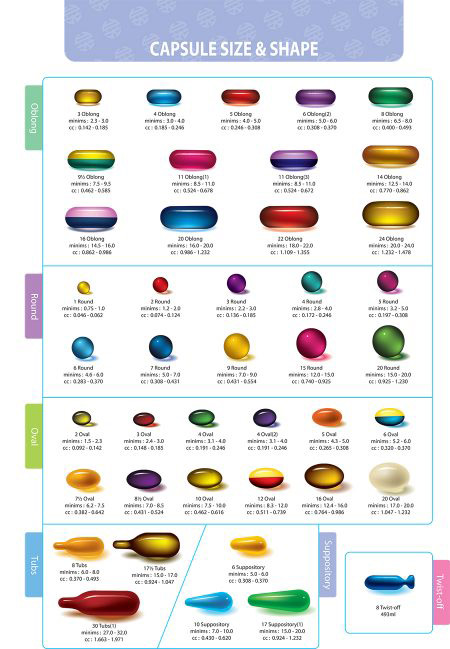Preparation of the Shell
The outer shell of a softgel capsule is made from gelatin or vegetarian ingredients. The shell is created by dissolving the ingredients in warm water along with plasticizers (such as glycerin) to provide flexibility and prevent cracking. Other ingredients may be added for color and opacity.
The general steps to prepare the shell are:
- Gelatin solution: The gelatin is dissolved in warm water (around 60-65°C), along with plasticizers and other additives.
- Coloring and flavoring: Natural colors or food-grade dyes are added to achieve the desired appearance.
Softgel Capsule Formation
This is the key step where the capsules are actually formed and filled.
- Gel mass formation: The gelatin solution is metered onto rollers and a rotary die set.
- Encapsulation: The liquid fill is injected into the gelatin sheets via a wedge device, which are then sealed. The fill is deposited between the sheets of gelatin, and creates the softgel shape by using pressure sealing process. The encapsulated softgels are formed, sealed at the edges, cooled and dried.
Drying and Cooling
After encapsulation, the softgel capsules are soft and moist, so they need to be dried and cooled to solidify the shell. They are placed in a controlled environment where the moisture is evaporated, and the capsules harden to the right consistency.
- Drying time: Depending on the type of gelatin used and the desired shell consistency, drying can take several hours to a few days.
- Humidity control: The environment needs to be carefully controlled to ensure the capsules do not become too hard or too soft.
Polishing and Coating (Optional)
Once the capsules have dried, they may undergo a polishing or coating process. This gives the softgels a smooth, shiny appearance and may also help in preventing them from sticking together.
- Polishing: Softgels are tumbled to give them a smooth surface.
- Coating: Some softgels may be coated with a thin layer of film to enhance stability, improve taste masking, or slow down the release of the active ingredient.
Inspection and Quality Control
Softgels undergo a control process. This includes:
- Size and weight checks: Ensuring that each capsule meets the specified size and weight requirements.
- Leak testing: Checking for any leaks in the capsules, which could result in contamination or loss of active ingredients.
- Content uniformity: Ensuring the active ingredients are evenly distributed in each capsule.
- Stability testing: The capsules may undergo stability testing to ensure that the active ingredients are not degraded during storage.
Packaging
Once the softgels pass inspection, they are ready for packaging. Softgel capsules are typically placed into bottles, pouches or blister packs to protect them from moisture and light.
- Bottle filling: Softgels are placed in bottles, often with a desiccant to absorb moisture.
- Blister packs: Alternatively, softgels may be packed into individual blister packs for easier consumer use.
Storage and Distribution
Finally, the finished softgel capsules are stored in a climate-controlled environment and distributed to pharmacies, stores, or directly to consumers. Softgel capsules should be stored in a cool, dry place to maintain their integrity.
Key Considerations:
- Gelatin alternatives: If producing vegetarian or vegan softgels, alternatives like pullulan, starch or HPMC (Hydroxypropyl Methylcellulose) may be used instead of gelatin.
- Fill consistency: The viscosity of the liquid inside the capsule must be carefully controlled to ensure consistent filling during the encapsulation process.
- Formulation stability: Some active ingredients, like omega-3 fatty acids, can degrade over time. The formulation must be stable and protected from oxidation.
Producing softgel capsules is a precise process that requires careful control of ingredients, machinery, and environmental conditions to ensure the final product meets quality standards. Let Right Stuff Equipment and Bochang help you build your softgel business.


